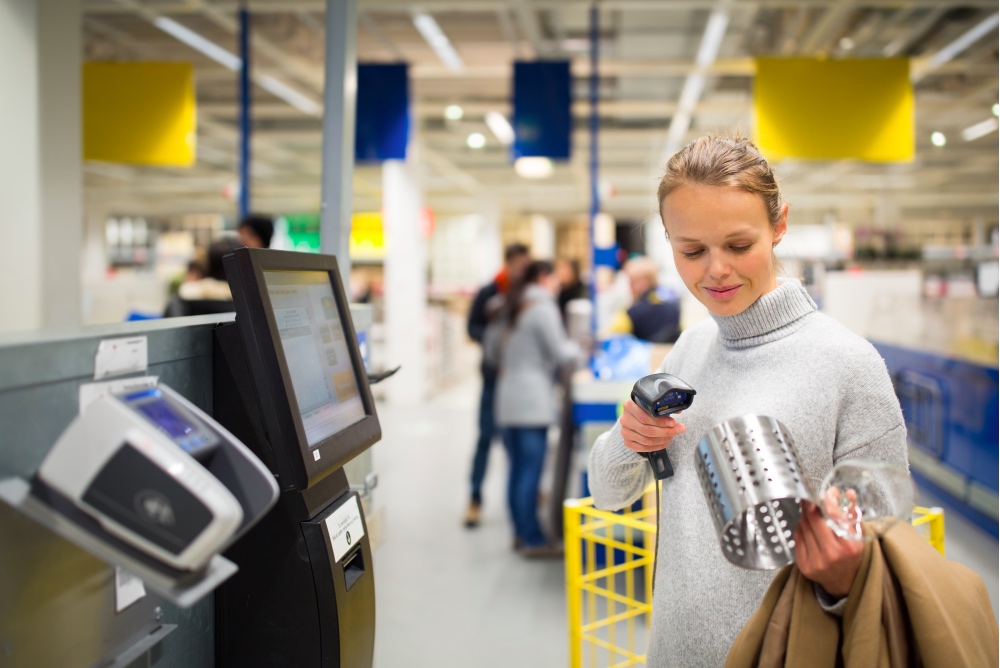Earlier this month, Forrester principal analyst Brendan Miller observed that the success of mobile self-checkout is contingent upon bridging the loss prevention gap.
As Miller notes, consumer demands and expectations have created a new alternative to queuing at many retailers. For example, Starbucks’ Mobile Order and Pay program now accounts for 20% of peak transactions at top stores, while Sam’s Club “Scan and Go” app enables consumers to bypass the checkout line and boasts a near 5-star rating on the App Store.

Nevertheless, says Miller, loss prevention is holding many retailers back from implementing mobile self-checkout.
“The thought of customers scanning one item but dropping another into their baskets (or adding a few extra items without scanning) and walking out the door is enough to give any Head of LP heart palpitations,” he explained. “Most department, convenience and grocery stores don’t have the operational systems and people in place to mind the new risk mobile self-checkout presents.”
Moreover, says the Forrester analyst, installing shelf-sensors to create an AmazonGo like experience isn’t financially feasible at this point in time.
“Ultimately, digital business leaders must prove the CX and customer engagements benefits out-weigh the risks,” Miller added. “A more engaging customer experience must be the goal while providing a more convenient checkout experience being the immediate benefit.”
In the meantime, says Miller, retailers can implement a number of interim steps to bridge the LP risk gap, including asking shoppers to check-in with a mobile app as they enter a store, conducting random or algorithmic security checks for high-risk items or in-store activity and installing a monitored, expedited lane for mobile self-checkout.
In related news, Walmart is currently testing a new version of its Scan & Go mobile app in a number of states. According to Markets Insider, the Walmart Scan & Go paradigm could see shoppers use either a smartphone app or store-issued scanner to scan items while they walk and shop around the store. Customers would then bring their pre-scanned items to a self-checkout register and scan a single barcode on the kiosk to purchase all items in the cart.
Looking beyond AmazonGo and Walmart, The Next Web reports that Everseen plans on introducing its own checkout-free technology in the near future. Dubbed 0Line, the solution will provide retailers with an AI-powered network of video cameras, sensors and biometric data to recognize customers. All of this is expected to interact with inventory, POS and a mobile-based payment solution that will enable instant transactions. Using 0Line, customers will leave a store with their accounts charged and a digital itemized receipt generated.

